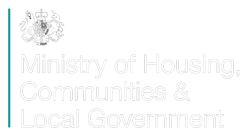AN 5.3 Biodiversity Net Gain and custom and self-build
Biodiversity Net Gain and Custom and Self-build
The introduction of Biodiversity Net Gain (BNG) requirements for all development was accompanied by a specific exemption for self and custom homes on small sites. This exemption is in recognition of the specific objective of supporting this underrepresented section of housebuilding.
This note has been prepared to help support Development Management Teams in applying the exemption. It is intended to be a living document and will evolve as experience grows. It is no substitute for taking your own legal advice and being clear how BNG fits into your own ways of working. More general information regarding BNG can be found on the Planning Advisory Service’s website Biodiversity Net Gain (BNG) for Local Planning Authorities | Local Government Association.
As a result of BNG exemptions, more applications are now being identified specifically as custom and self-build in the description of development and being accompanied by statements of BNG regulations exemption. Previously, applications for self-build dwellings within an urban area were generally not described as self-build, though Design and Access and Planning Statements may note that the applicant had commissioned the dwelling for their use. Now it is more likely self-commissioned homes will be identified as custom and self-build.
What is the Custom and Self-build BNG Exemption?
The Biodiversity Gain Requirements (Exemptions) Regulations 2024 (SI No. 47) sets out the exemption. Specifically:
Self-build and custom build applications.
8.—(1) The biodiversity gain planning condition does not apply in relation to planning permission for development which—
(a) consists of no more than 9 dwellings;
(b) is carried out on a site which has an area no larger than 0.5 hectares; and
(c) consists exclusively of dwellings which are self-build or custom housebuilding.
(2) In this regulation “self-build or custom housebuilding” has the same meaning as in section 1(A1) of the Self-build and Custom Housebuilding Act 2015(1).
The BNG exemptions regulations only refers to the definition of the Self-Build and Custom Housebuilding Act 2015 (as amended). The CIL regulations definition of self-build is not relevant to the exemption. Whether a person is on the self-build register is not relevant. There are no time limits to the initial period of occupation by the self-builder.
The Self-build and Custom Housebuilding Act 2015 (as amended) definition is:
1(A1) In this Act “self-build and custom housebuilding” means the building or completion by—
(a) individuals,
(b) associations of individuals, or
(c) persons working with or for individuals or associations of individuals, of houses to be occupied as homes by those individuals.
(A2) But it does not include the building of a house on a plot acquired from a person who builds the house wholly or mainly to plans or specifications decided or offered by that person.
Based on the wording of the Act it can be said that
• second homes and holiday homes do not qualify
• caravans and pitches do not qualify
• extensions and refurbishments do not qualify (not building a new home)
• and homes designed to be sold off plan do not qualify.
Note however that a full demolition followed by rebuild of a new home may qualify as a self-build dwelling, despite not adding to land supply.
If the scale or location of proposed development leads to concern that the home is likely to be a second home or holiday home this should be considered through the decision making process.
Declaration of exemptions and self-build confirmation
The exemption criteria is straightforward, ie, 9 or fewer dwellings, site less than .5 ha, AND exclusively self and custom build application. Until or unless regulations or guidance are written, the declaration of exemption can be made through a simple statement by the applicant. In this the applicant must confirm that all three BNG exemption criteria are fulfilled, and that the application is for a dwelling to be constructed as per the Self-build Act.
It will be for the applicant to state that the home has been commissioned by the applicant, or in the case of an outline for small multi-plot development that the details of dwelling layout and appearance will be specified by the plot purchaser (a custom build offering, serviced plot offering or builders’ commission-and-build model).
For LPAs considering whether the exemption claim is indeed custom and self-build it can be helpful to review the Right to Build Task Force planning guidance notes, PG1.2 Defining self-build and custom housebuilding and PG3.2 Counting relevant permissioned plots. This guidance highlights a number of factors when considering if a development is self-build including:
- Who is the applicant and / or landowner? Have the applicants personally commissioned the architect or planners for a home they intend to occupy?
- Is the development going to be self-financed or financed through a self-build mortgage? (A builder financing the build may indicate plans to sell on speculatively).
- A multi-plot application would be expected to be outline with plot purchasers specifying details (though illustrative layouts demonstrating site capacity etc would be expected).
- Is the land (plot) being purchased separately from the construction of the home?
LPAs may want to give consideration to building on the National Information Requirements through their Local Validation Checklists in support of this.
Securing self-build delivery
It is reasonable to ensure any self-build development permission is secured for delivery in a manner that meets the BNG exemption criteria. The most common routes to doing this will be conditions or securing the delivery as self-build via a deed (unilateral undertaking or s106 agreement). A genuine self-build applicant should be happy to agree to reasonable conditions or request for undertaking.
Provided these meet the criteria of less and .5 ha and fewer than 10 dwellings, a multi-plot custom build will be exempt from statutory BNG requirements, but local policies can still apply. For applicants it can be helpful to ensure landscaping plans are nature-positive, and where Local Plans require, to introduce species-specific enhancements. These will most likely be secured through landscaping or design requirement conditions (eg, delivery in accordance with landscape and ecology plans, swift bricks etc).
An advice note on the Right to Build Task Force web site: PG3.8: Securing custom and self-build using obligations and conditions provides an overview of some ways in which conditions and deeds have been used to secure self-build delivery.
The reasonable justification for securing custom or self-build delivery in this case is both to ensure effective operation of Biodiversity Net Gain (Schedule 7A of the Town and Country Planning Act 1990) and to meet the requirements of the Self-build and Custom Housebuilding Act 2015 (as amended).
In general, if a s106 is required to address other matters, a self-build clause could be a reasonable addition. Delivery of self-build permissions is a planning requirement and it has been shown that this can be deemed necessary for policy compliant proposals – not just departures.
The BNG Condition
All Planning Permissions are deemed to be subject to the BNG Condition, unless an exemption applies. An advice note on options for suggested decision notice informative text related to BNG is provided on the gov.uk website: (https://www.gov.uk/guidance/biodiversity-net-gain)
This provides options for text explaining the Condition and outlining when a Biodiversity Gain Plan is / is not / might be required. Whilst the onus is on the developer to comply with the Condition, it would be best practice to indicate clearly whether or not a Plan is needed – i.e. whether or not a particular proposal meets one of the BNG exemptions. In exceptional circumstances you may want to consider using the third informative for circumstances when it is “unclear” if the exemption applies, but you should consider internal procedures and advice around this as whilst it may seem like the quick and easy option, it may generate unnecessary work downstream.
Impact of BNG Requirements on CSB Supply
The BNG exemption will provide a significant incentive for applicants to identify up-front where a proposal is self-build. This should be through the planning application and potentially as part of the description of development. This will in turn enable LPAs to properly monitor these developments and to fully consider this important material consideration in the planning balance.
More information about counting relevant permissions is available in the Task Force's Planning Guidance Notes.
Conclusion
The BNG Exemption provides an opportunity to identify an increased supply of CSB homes, but is unlikely to impact overall supply significantly except where the better identification of a proposal as CSB shifts the planning balance.
Whatever approach you adopt, you should be aiming for consistency and we would recommend taking your own legal advice.
Advice Notes: Unlike the Right to Build Task Force’s set of detailed planning guidance notes, which are aimed at planners and local authority officers, these advice notes offer insight into a range of background issues to do with custom and self-build housing.
They are intended as broad introductions to topics, offering practical advice that can support public and private practice as you make decisions to do with custom and self-build.
© Right to Build Task Force June 2024.
You may reuse this information free of charge in any format or medium. Where any information quoted is from a third party, you should obtain permission from them to reuse.
While every effort has been taken to check the accuracy of the information in this guidance, the Right to Build Task Force cannot be held liable for any financial loss resulting from the advice contained herein. Readers are advised to seek independent legal advice before proceeding on any planning matter.


